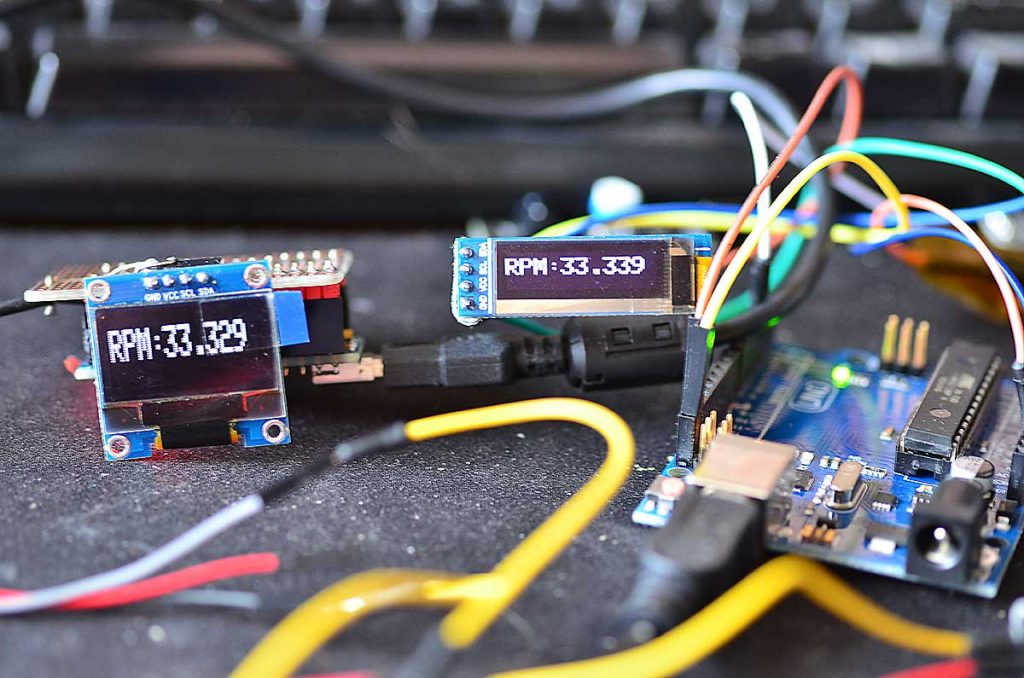
How to Troubleshoot a Tachometer: A Detailed Guide
Share
Tachometers are essential tools used for measuring the rotational speed of an object, most commonly in engines. For any technician or car enthusiast, knowing how to troubleshoot a tachometer is crucial to maintaining performance and safety. Whether you're a seasoned professional or a passionate tech expert, understanding the intricacies of tachometers can save you both time and money.
In this article, well delve into the steps and considerations involved in tackling tachometer issues. From checking wiring connections to understanding signal inputs, well provide you everything you need to ensure your tachometer functions correctly.

Understanding Tachometers
A tachometer measures the speed of rotation, typically in revolutions per minute (RPM). There are various types of tachometers including analog, digital, and photo tachometers. This diversity in design can affect how they operate and thus, how you troubleshoot them.
Common Issues with Tachometers
There are several common issues you might encounter when working with tachometers:
- Inaccurate Readings
- Tachometer Not Functioning
- Electrical Failure
- Sensor Issues
Steps to Troubleshoot a Tachometer
To effectively diagnose and fix tachometer problems, follow these steps:
Step 1: Check the Wiring Connections
The first thing to check is the wiring. Loose, frayed, or corroded wires can lead to inconsistent readings. Make sure the connections are secure. This includes checking battery connections, particularly if the tachometer powers on but shows no readings.
Step 2: Inspect the Sensor
The sensor is critical in providing input to the tachometer. Inspect the sensor for damage and ensure it is properly aligned. For those looking to learn how to use a photo-tachometer, having a properly functioning sensor is vital.
Step 3: Verify Signal Inputs
Check that the tachometer is receiving the correct signal from the engine. You can use a multimeter to measure voltage and confirm acceptable readings. If you're uncertain about signal types, refer to the detailed specifications available in technical manuals.
Step 4: Test with a Secondary Device
If you're still encountering difficulties, try using a secondary device to compare readings. For example, using a handheld tachometer can provide a benchmark for your primary unit. There are guidelines on checking idle speed that can further empower troubleshooting.
Advanced Diagnostic Techniques
For tech professionals who want to dive deeper into troubleshooting, consider these advanced techniques:
Utilizing Oscilloscope Measurements
An oscilloscope can be beneficial in viewing the actual signal waveform. This can help you identify issues related to noise, spikes, or incorrect patterns in the tachometer's data.
Check for Software Issues
In vehicles with advanced diagnostics, sometimes software can become corrupted. Checking for updates or running a diagnostic scan can reveal if this is the cause of issues.
Preventative Measures for Tachometer Maintenance
To minimize the occurrence of tachometer issues, regular maintenance is essential. This can include:
- Routine inspections of wiring and connections
- Keeping the sensor clean and operational
- Regularly updating software in the case of digital tachometers
When to Seek Professional Help
If after following these troubleshooting tips the tachometer still does not perform, it may be time to consult with a service professional. This is particularly relevant for complex systems that integrate with multiple components.
Frequently Asked Questions
What are common symptoms of a faulty tachometer?
Common symptoms include erratic RPM readings, a complete lack of readings, or readings that do not correlate with engine performance.
Can I troubleshoot a tachometer without special tools?
While basic inspections can be done visually with little to no tools, a multimeter and sometimes, specialized diagnostic tools are recommended for thorough troubleshooting.
Is it safe to drive with a malfunctioning tachometer?
Driving with a malfunctioning tachometer can be risky as it may lead to over-revving the engine, which can cause severe damage. If your tachometer is malfunctioning, consider addressing the issue before using your vehicle extensively.

Conclusion
Knowing how to troubleshoot a tachometer can significantly enhance the reliability of your vehicle's performance. Regular checks and understanding common symptoms will help you maintain your tachometer in optimal condition. For further insights, check out this resource on tachometers.
